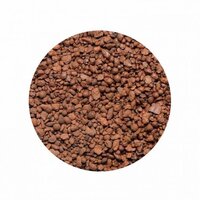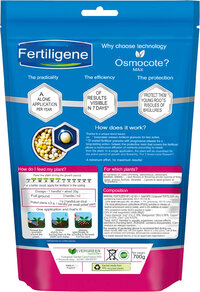Hello, i made a tank for experiment osmocote, my osmocote is made of :
22% Nitrogen (19.1% urea, 1.7% ammonia)
7% Phosphates (P2O5)
14% Potassium (K2O)
Does those percentage mean that in the package there is 22% of N which is 220 000 ppm, seems a lot ? if it's right there is nearly no way to know exactly how much ferts is in each pellet.
The soil in that tank is clay, don't know the type it's made by tetra, don't know the CEC either, i know that clay is able to exchange Calcium, potassium, is it capable to exchange ammonia too ? thx
22% Nitrogen (19.1% urea, 1.7% ammonia)
7% Phosphates (P2O5)
14% Potassium (K2O)
Does those percentage mean that in the package there is 22% of N which is 220 000 ppm, seems a lot ? if it's right there is nearly no way to know exactly how much ferts is in each pellet.
The soil in that tank is clay, don't know the type it's made by tetra, don't know the CEC either, i know that clay is able to exchange Calcium, potassium, is it capable to exchange ammonia too ? thx




